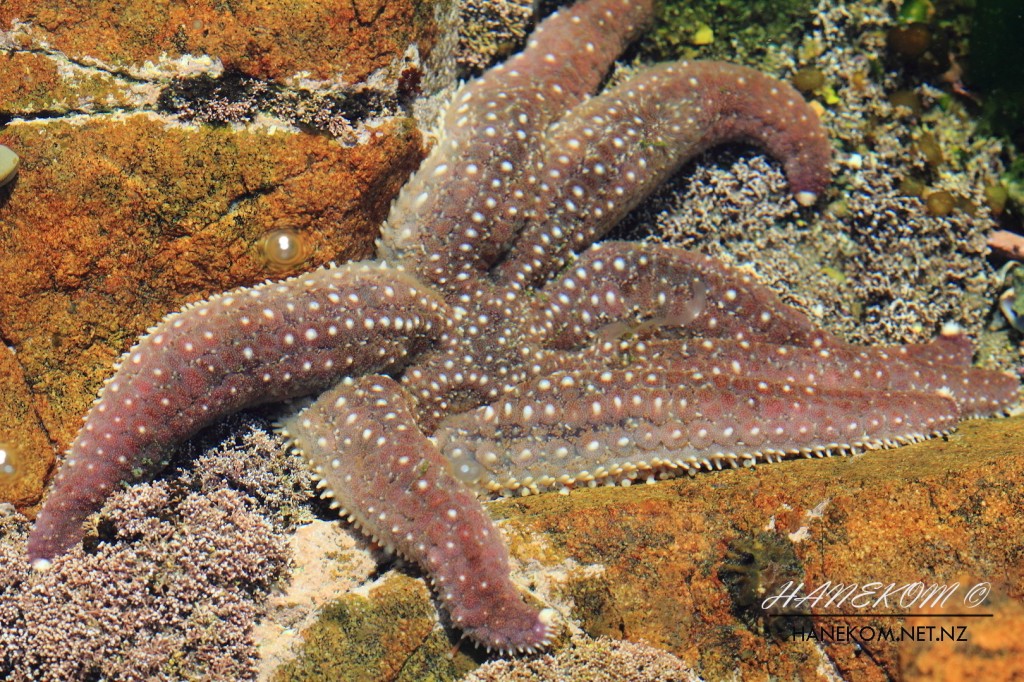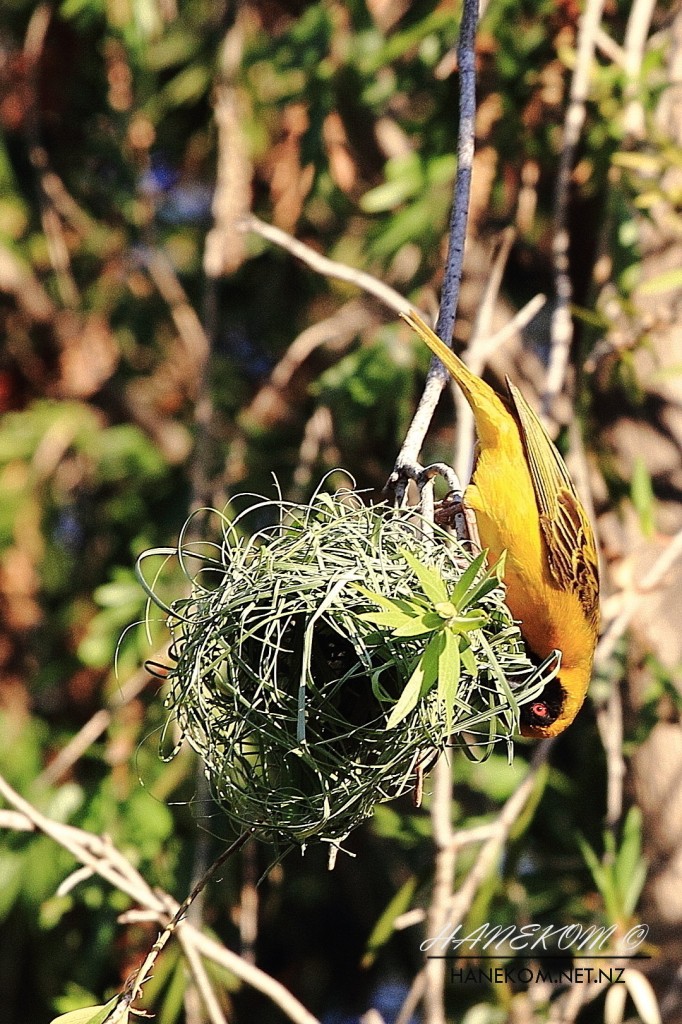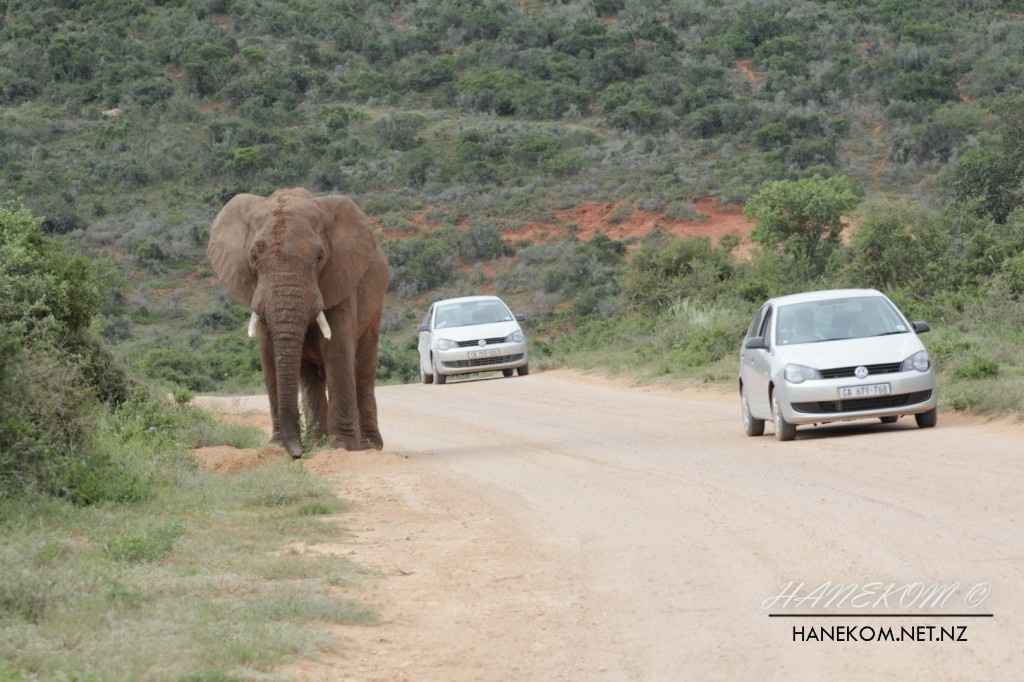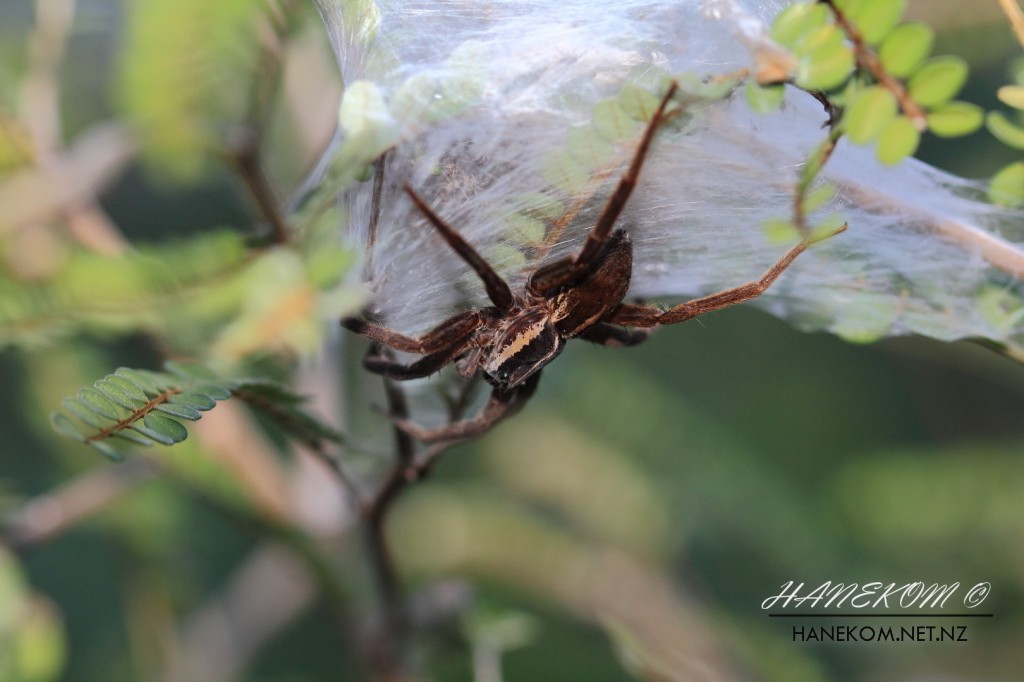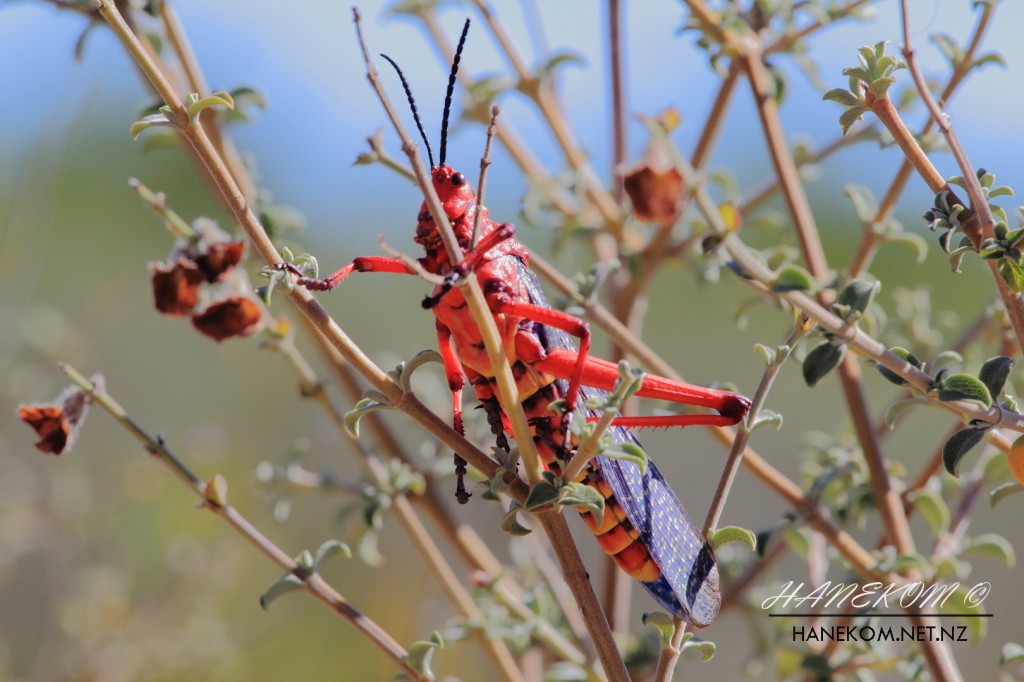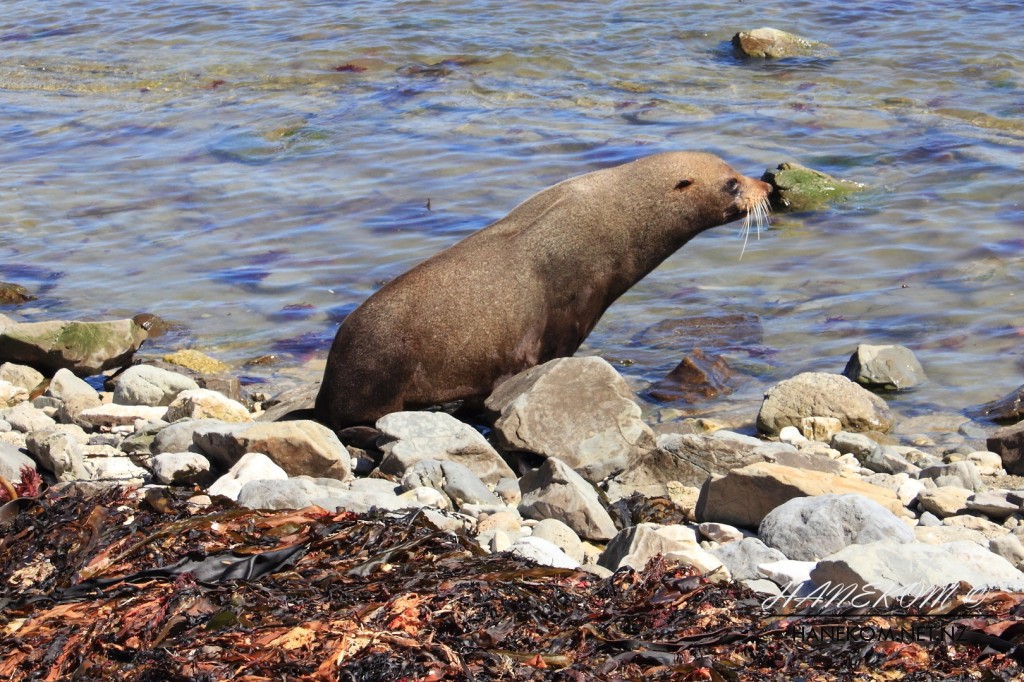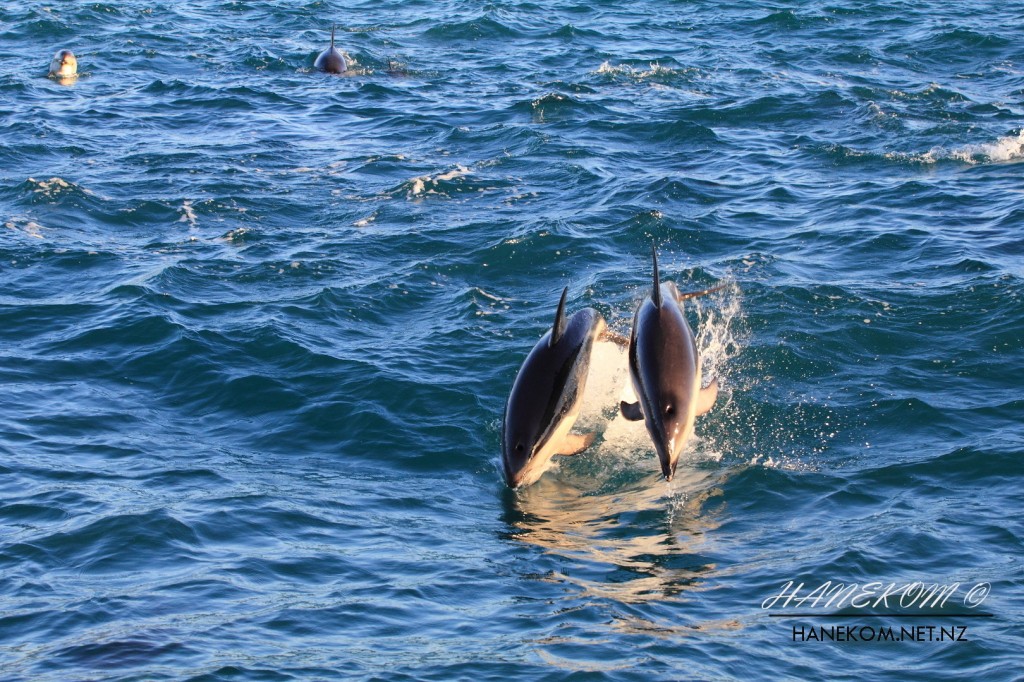Fishing spiders (genus Dolomedes) do not spin webs to catch pray. Instead they hunt by anchoring themselves to shore with their hind legs and extending their front legs onto the water surface to detect movement much like other spiders use webs. When they detect the ripples from prey, they run across the surface to subdue it using their foremost legs, which are tipped with small claws.
They are able to travel on water because they are covered all over in short, velvety hairs which are unwettable (hydrophobic).
They are also more than capable of going underwater. The hairs on the abdomen trap air, allowing it to carry its own air supply when it submerges.
The nursery web spider (Dolomedes minor) do not restrict themselves to stay close to open water but are capable fisherman none the less.
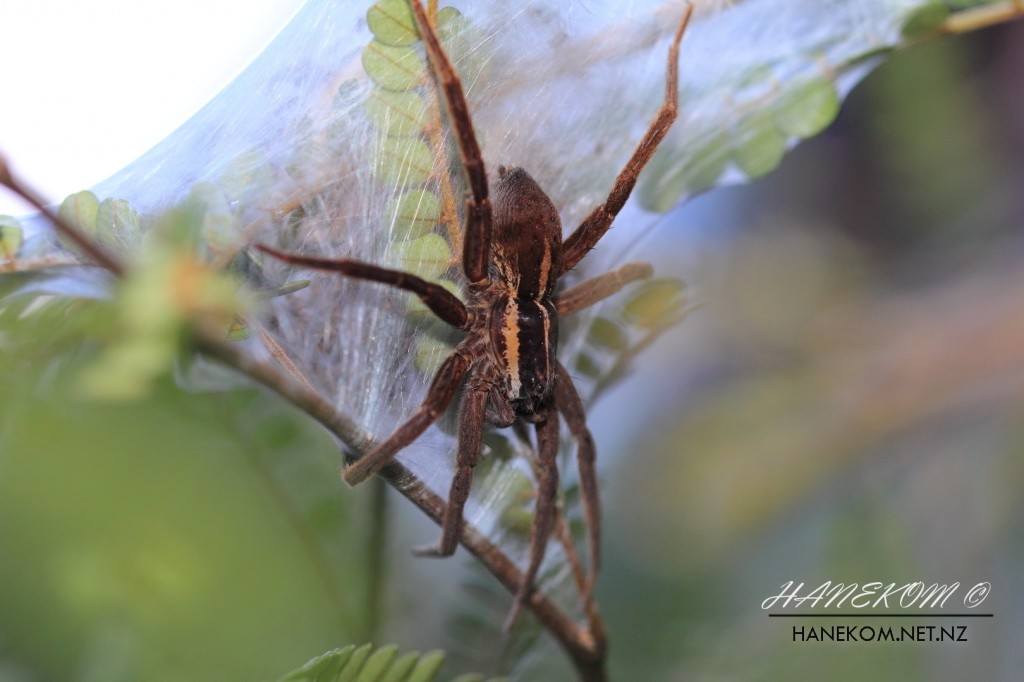
(#54 of 100)
